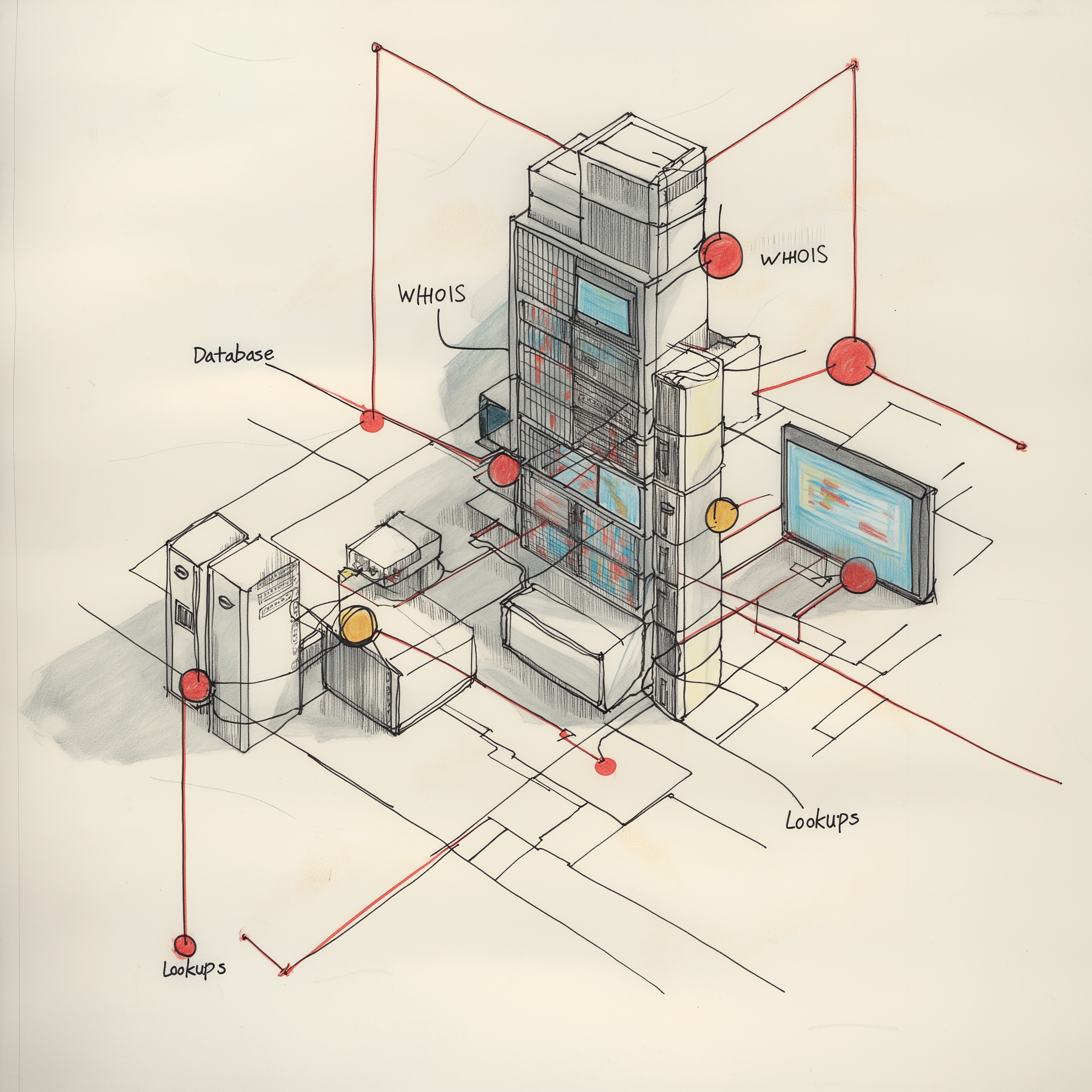DNS: A Critical Tool in Digital Forensics and Legal Investigations
In today's digital-first world, understanding the technical infrastructure behind internet communications is essential for legal professionals handling cybercrime cases, digital evidence, or privacy matters. The Domain Name System (DNS) is one such critical component that often serves as a rich source of digital evidence. For defense attorneys and private investigators, understanding DNS can mean the difference between successfully challenging digital evidence or missing crucial details that could exonerate a client.
Navigating Tor Browser Evidence in Legal Defense
Understanding the Tor Browser represents a critical competency in today's digital landscape. As clients increasingly face allegations involving anonymous online activities, the ability to navigate, analyze, and effectively present Tor-related evidence has become essential to modern practice. This specialized browser—far more than just another internet application—creates unique challenges and opportunities throughout the investigative process.
The Critical Role of Chain of Custody
In the intricate world of criminal investigations and legal proceedings, few concepts hold as much significance as the Chain of Custody. For defense attorneys and private investigators, understanding its nuances can mean the difference between a case's success or failure. This comprehensive guide explores how Chain of Custody impacts evidence integrity, courtroom proceedings, and ultimately, the outcome of your cases.
Cybercrime Spotlight: Phishing
Phishing has evolved from crude email scams to sophisticated multi-channel attacks that challenge even the most security-conscious organizations. For defense attorneys and private investigators handling cybercrime cases, understanding the intricacies of phishing is crucial to building effective legal strategies and conducting thorough investigations. This guide explores the mechanics of phishing operations, their variations, and the forensic aspects that are essential for legal professionals working on behalf of both victims and accused perpetrators.
Password Cracking And Its Role In Digital Investigations
The significance of password cracking extends beyond malicious activity; it plays a crucial role in digital investigations conducted by law enforcement and cybersecurity professionals. During criminal investigations, accessing locked devices or encrypted data can provide vital evidence needed to solve cases involving cybercrime, data breaches, or unauthorized access. By employing various password recovery techniques, investigators can uncover critical information that aids in linking suspects to crimes, establishing timelines, and verifying alibis.
Essential Guide to Forensic Bit-by-Bit Disk Images for Legal Defense
When a computer, phone, or storage device is seized as evidence, investigators don't simply browse through its contents—they create what's known as a "forensic image." This process is far more complex and methodical than most people realize, and understanding it can be crucial for defense attorneys and private investigators working to ensure proper evidence handling and to identify potential issues in the prosecution's case.
Understanding File Deletion and Recovery Forensics For Legal Defense Teams and Private Investigators
When a client claims "I deleted those files," defense attorneys and investigators need to understand what really happens beneath the surface of a computer system. In the digital world, "deleted" rarely means "gone forever." This critical distinction forms the foundation of many criminal cases involving digital evidence.
In today's legal landscape, forensic file recovery has become a cornerstone of both prosecution and defense strategies. Understanding the technical process behind file deletion and recovery isn't just beneficial—it's essential for effective case preparation and client representation. This blog post will demystify the complex world of digital forensics, particularly focusing on Windows NTFS systems, to equip legal professionals with the knowledge needed to effectively challenge or utilize digital evidence.
Network Forensics: A Crucial Tool for Legal Defense and Private Investigations
In today's digital landscape, evidence no longer exists solely in physical form. The networks that connect our devices constantly transmit valuable information that can make or break a legal case. Network forensics—the capture, recording, and analysis of network events—has become an essential discipline for legal professionals seeking to build robust defense strategies. For defense attorneys and private investigators, understanding the fundamentals of network forensics can reveal crucial evidence that might otherwise remain hidden in the vast digital realm.
WHOIS Database Lookups: A Critical Tool for Investigators
In the digital age, uncovering the ownership and history of online assets has become an essential aspect of legal investigations. For defense attorneys and private investigators, the WHOIS database lookup service represents one of the most valuable—yet often underutilized—tools in their digital forensics arsenal. This powerful resource can reveal crucial information about domain names and IP addresses that may prove pivotal in case development, evidence gathering, and legal defense strategies.
This guide explores how legal professionals can leverage WHOIS data to strengthen investigations, verify digital evidence, and build more compelling cases for their clients.
The Investigative and Forensic Value of Wi-Fi Networks
Wi-Fi networks have become ubiquitous, leaving behind valuable digital footprints that can play a crucial role in criminal and civil investigations. For defense attorneys and private investigators, understanding the technical aspects of Wi-Fi networks and their forensic implications can provide powerful tools for case development, evidence examination, and challenging prosecution narratives. This blog post explores the forensic value of Wi-Fi networks, detailing their technical components, investigative applications, and how this knowledge can be leveraged in your defense cases and private investigations.
A Forensic Guide to Email Headers
Email communications often become critical evidence in legal proceedings and investigations. For defense attorneys and private investigators, understanding how to properly analyze email headers can mean the difference between uncovering crucial evidence and missing vital information. Email headers contain metadata that can reveal the true origin of messages, validate authenticity, and potentially expose fraudulent activities like business email compromise (BEC) and phishing attempts.
This guide will walk you through the forensic analysis of email headers, providing you with the technical understanding and practical approaches needed to leverage this often-overlooked evidence in your cases. Whether you're building a defense strategy or investigating potential fraud, email header analysis is an essential skill in your digital forensics toolkit.
The Digital Fingerprint: Understanding File Hashing in Digital Forensics and Legal Defense
Evidence increasingly takes the form of electronic data—emails, documents, images, and other digital files. When these files become critical evidence in legal proceedings, one fundamental question arises: How can we verify that a digital file has not been altered? This is where file hashing enters the picture, serving as a digital fingerprinting technology that has become essential to modern forensic investigations and legal proceedings.











